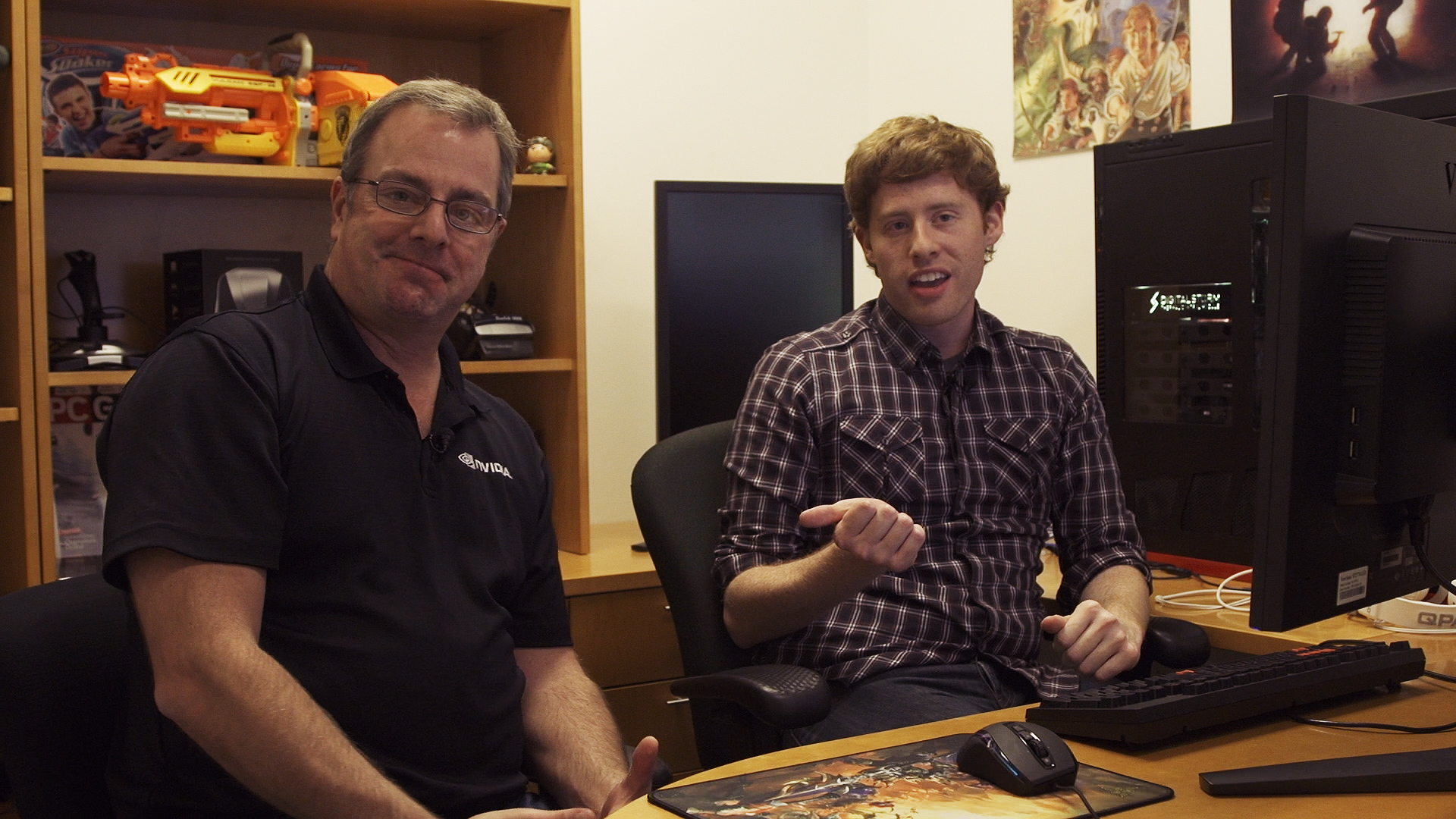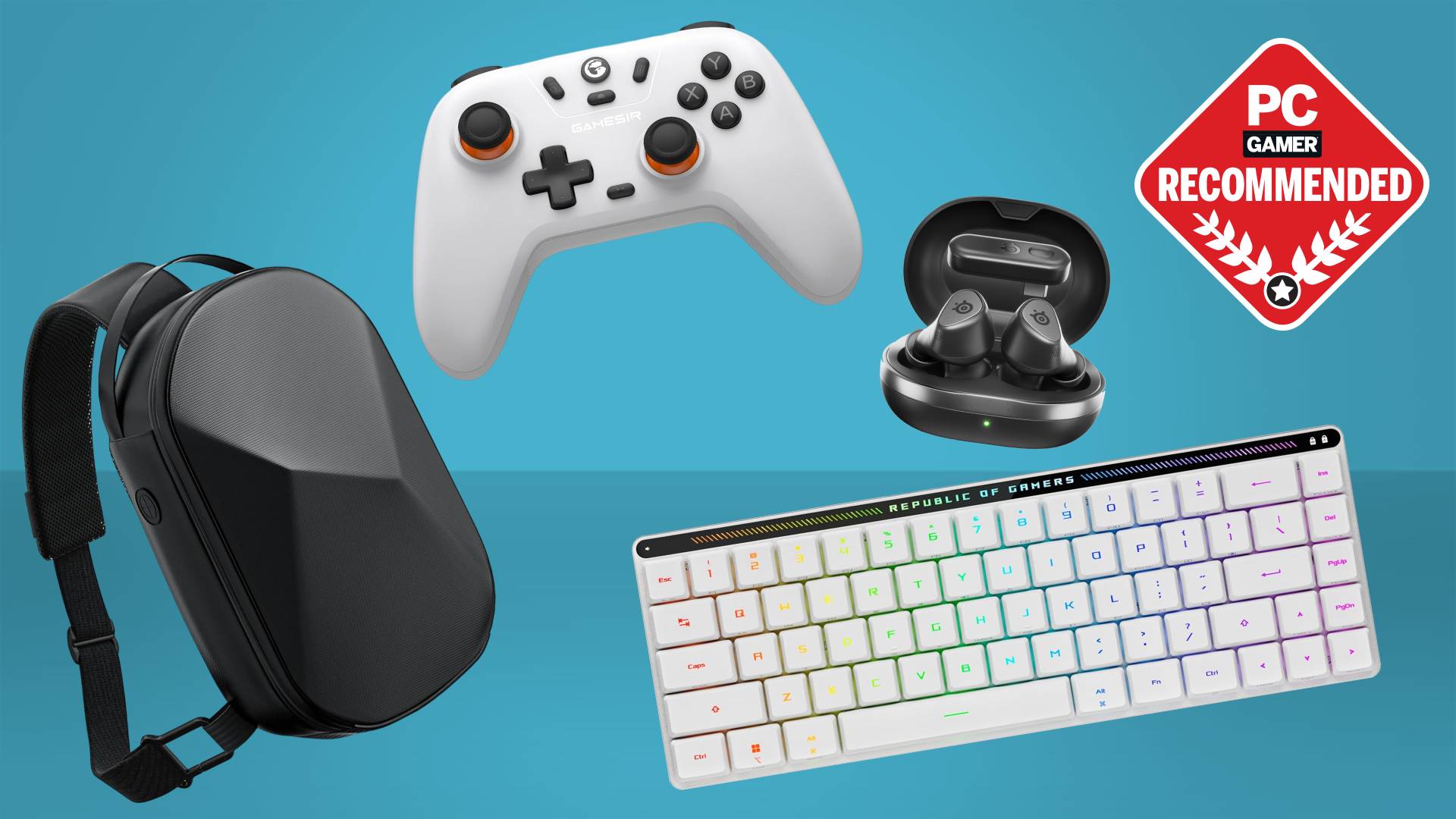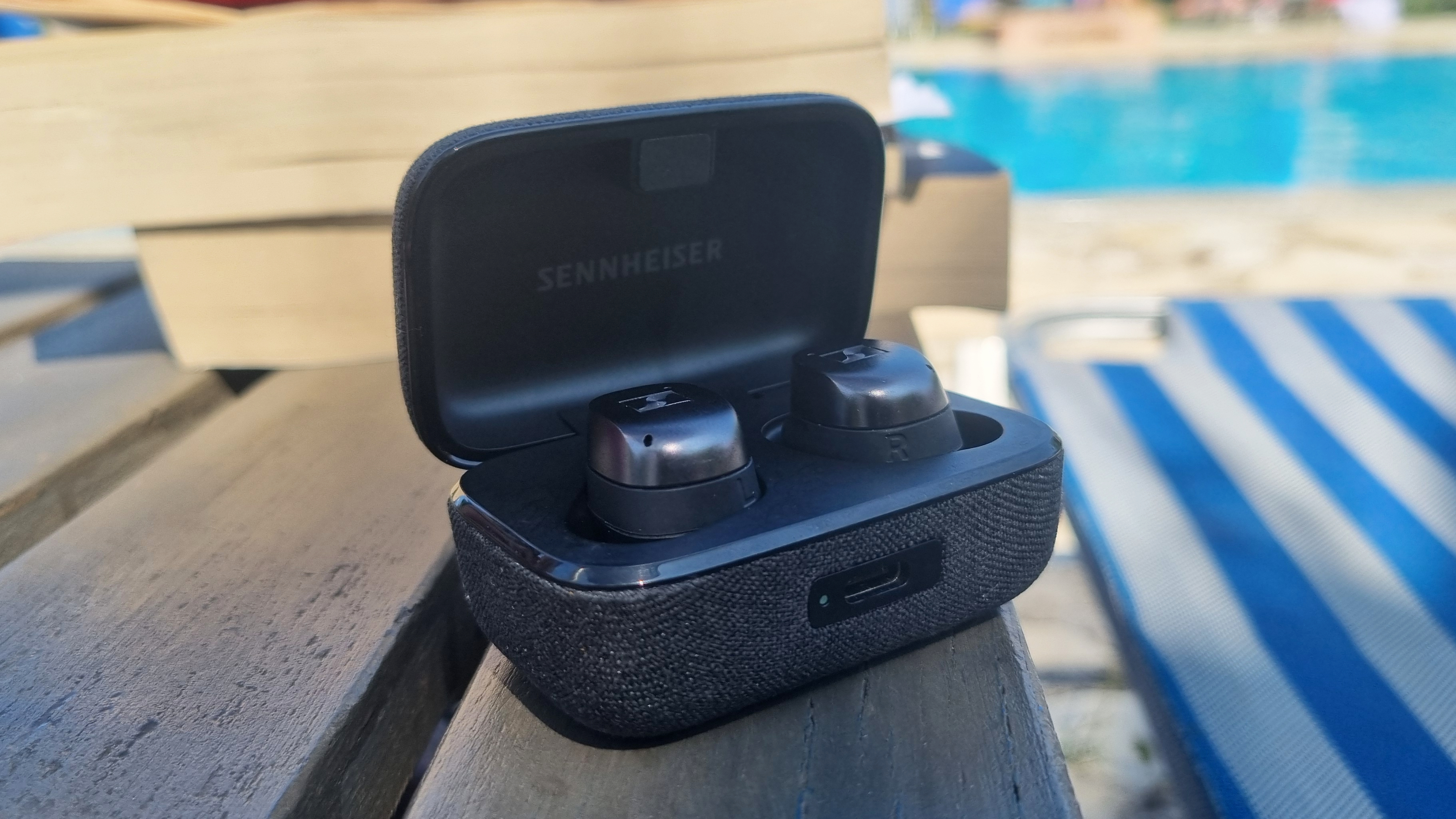SLI overclocking guide: How to maximize multi-GPU performance

Have you read our guide to overclocking your graphics card? You should! Overclocking a graphics card today is simpler and safer than ever, and with a bit of tuning you can extend the life of an aging graphics card or get even better performance out of a new one. But what if you don't have just one graphics card? What if you have two, or three, or even four running in SLI? How does that affect the overclocking process?
To answer that question, we had Nvidia distinguished engineer Tom Petersen sit down with us at the LPC, which is outfitted with four GTX Titans. In the video above, Petersen walks us through his overclocking process using EVGA PrecisionX 16 and gives us some tips on multi-GPU overclocking. Petersen gave us his advice on all our questions, including:
- Which card you should plug your monitor into
- Whether every card should be clocked at the same speed
- The trade-off between core overclocking, memory overclocking, and heat
- How far you should push voltage
- How much VRAM do you really need for modern games?
The specific overclocking process we go through obviously only applies to Nvidia cards, but most of the advice is also good for AMD Crossfire users. The second page of our overclocking guide shows how to tweak power settings and clock speeds in the Catalyst Control Center.
Keep up to date with the most important stories and the best deals, as picked by the PC Gamer team.

Wes has been covering games and hardware for more than 10 years, first at tech sites like The Wirecutter and Tested before joining the PC Gamer team in 2014. Wes plays a little bit of everything, but he'll always jump at the chance to cover emulation and Japanese games.
When he's not obsessively optimizing and re-optimizing a tangle of conveyor belts in Satisfactory (it's really becoming a problem), he's probably playing a 20-year-old Final Fantasy or some opaque ASCII roguelike. With a focus on writing and editing features, he seeks out personal stories and in-depth histories from the corners of PC gaming and its niche communities. 50% pizza by volume (deep dish, to be specific).


